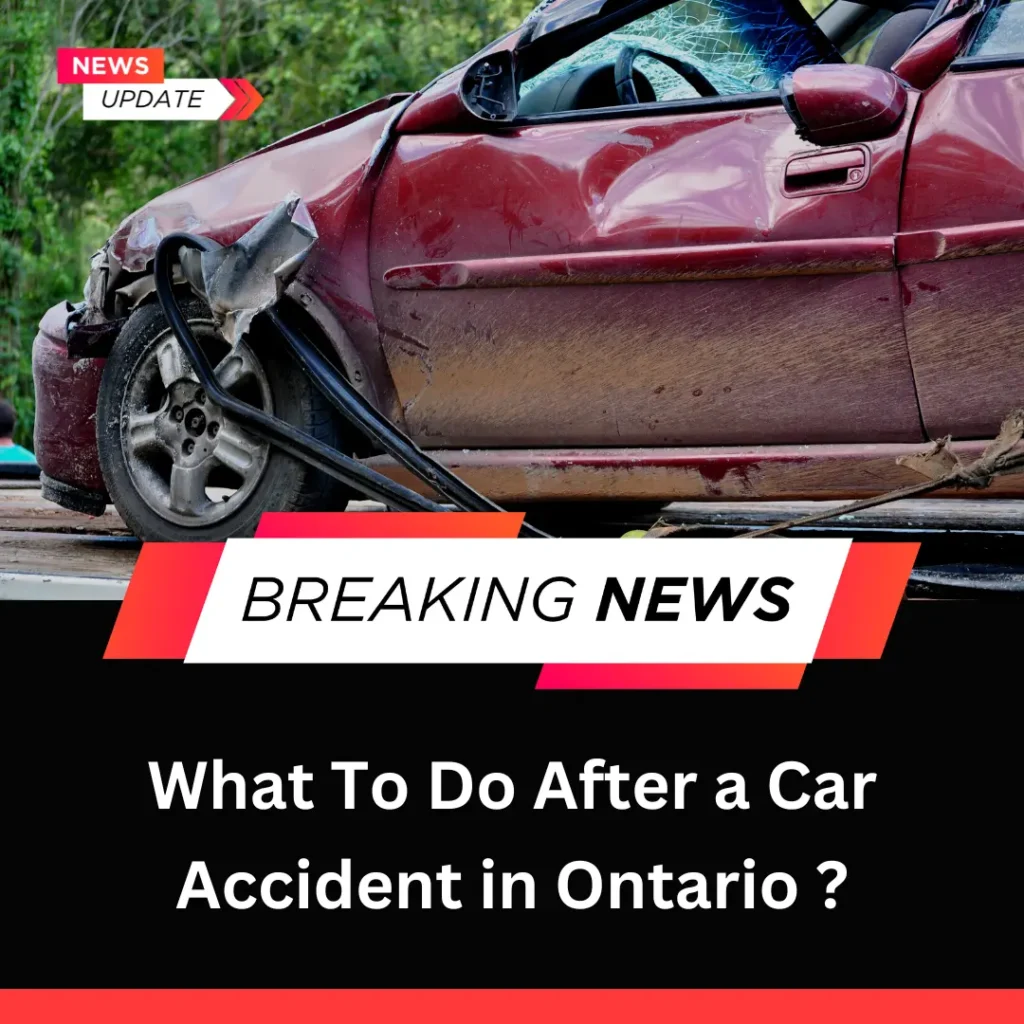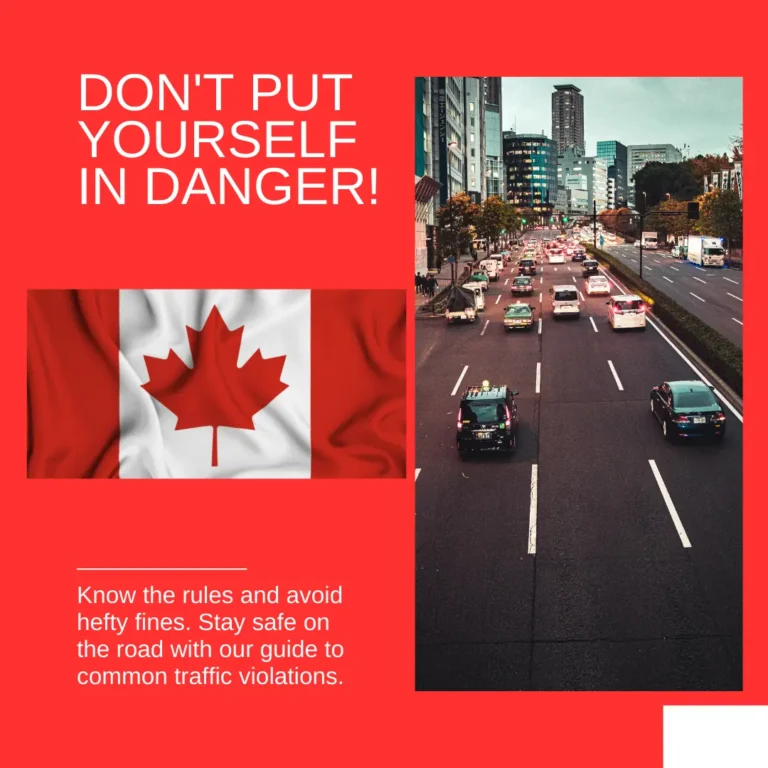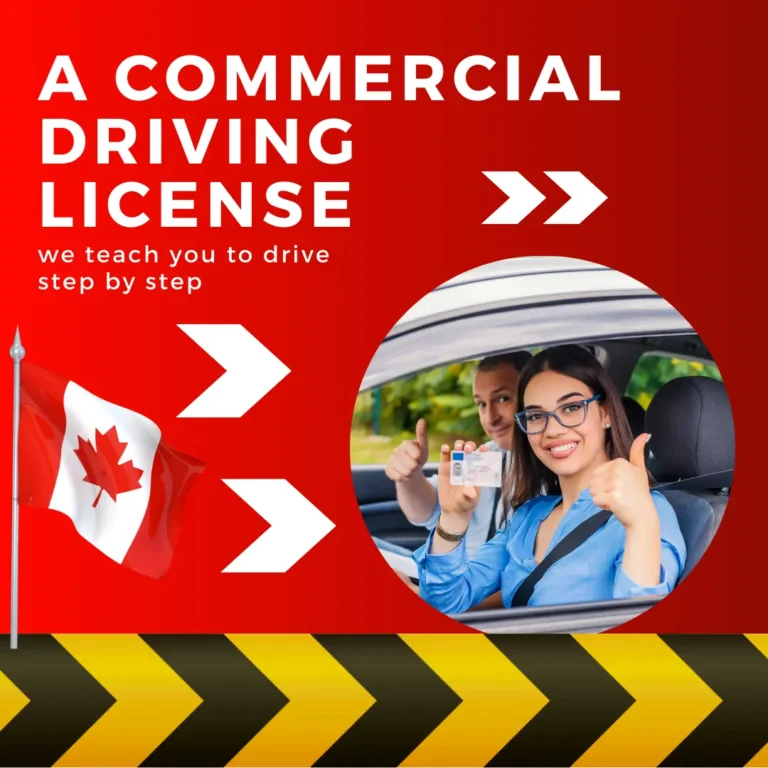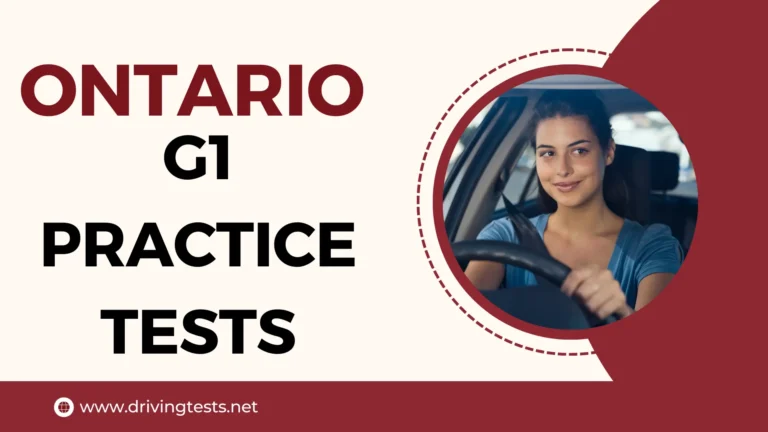What To Do After a Car Accident in Ontario
Experiencing a car accident can be a stressful and disorienting situation. In Ontario, understanding the necessary steps to take after an accident is crucial for ensuring your safety, complying with legal requirements, and facilitating the insurance claims process. Here’s a detailed guide on what to do after an auto accident in Ontario
Guidelines on what to do after an auto accident
- Ensure Safety:
Priority one is the safety of all individuals involved. If possible, move vehicles to the side of the road to prevent further accident and turn on hazard lights. Check for injuries and call 911 for medical assistance if needed. Once safety is established, assess the overall environment for any additional hazards, such as leaking fluids or damaged electrical systems, and take the necessary precautions. It’s important to create a secure and controlled space to minimize the risk of secondary injuries.
If the vehicles cannot be moved, make sure to alert oncoming traffic using hazard lights, flares, or reflective triangles to enhance visibility and prevent further complications. Additionally, communicate with other involved parties to exchange information, ensuring everyone is aware of the immediate safety measures being taken. This collaborative effort contributes to a safer and more organized accident scene. Remember that prioritizing safety not only protects those directly involved but also helps maintain the overall well-being of everyone on the road. - Exchange Information:
After ensuring the safety of all individuals involved in the accident, the next crucial step is to exchange pertinent information. Communicate with the other parties and exchange names, addresses, phone numbers, and insurance details. It’s essential to gather accurate information to facilitate the claim process and maintain open communication. Take note of the make, model, and license plate numbers of all vehicles involved in the accident.
This detailed information aids in providing a comprehensive account of the incident to insurance providers. In addition to the involved parties, if there are witnesses present, it’s advisable to collect their contact information. Witnesses can provide valuable statements and perspectives on the accident, potentially assisting in the resolution of any disputes or claims that may arise later. By diligently exchanging information, all parties contribute to a more transparent and efficient process. - Document the scene:
Take photographs of the accident scene, including vehicle damage, license plates, road conditions, and any relevant signage. These photos can be crucial for insurance claims and legal purposes. Comprehensive visual documentation plays a vital role in providing an accurate account of the accident. Capture images from multiple angles to showcase the extent of vehicle damage, paying close attention to specific points of impact. Ensure clear shots of license plates are taken, as this information is crucial for identifying vehicles involved.
Document the overall road conditions, including any skid marks or debris, as this can offer insights into the circumstances surrounding the accident. Photographs of relevant signage or traffic signals help establish the context of the incident. The more thorough and detailed the photographic evidence, the better equipped insurance companies and legal professionals will be to assess liability and processing claims. In the digital age, smartphone cameras make this process accessible to all parties involved, contributing to a more transparent and effective resolution of matters. - Do not leave the scene:
Stay at the accident scene. All drivers involved in a collision are required to stay at the location or promptly return to it and provide any necessary assistance. If you’re not directly involved in the incident, it’s advisable to stop and offer assistance, especially if authorities haven’t arrived. However, while offering help is a good practice, it’s not obligatory by law and should be avoided if the situation poses risks to your safety. - File a collision report:
If the total damage to all vehicles involved exceeds $2,000, or if there are injuries, file a collision report with the nearest collision reporting center within 24 hours of the accident. You can find the nearest center by contacting your local police department. - Notify the police:
When involved in a motor vehicle accident, notifying the police is a critical step, particularly in situations involving injuries or significant property damage exceeding $2,000. Reporting the accident ensures that an official record is created, which can be invaluable for insurance claims and legal proceedings. Even if injuries or damages seem minor initially, it is advisable to err on the side of caution and involve law enforcement.
Upon contacting the police, provide accurate and detailed information about the accident, including the location, time, and description of events. If injuries are evident, emergency medical services should be summoned promptly. However, if the police are unable to arrive at the scene, it is essential to proactively gather crucial information for future reference. - Seek medical attention:
Even if injuries seem minor, it’s essential to seek medical attention promptly. Injuries might not be immediately apparent, and documenting them early is crucial for insurance claims. - Contact Your Insurance Company:
Report the accident to your insurance company as soon as possible. Provide them with all the details, including the information collected at the scene and any documentation, such as the collision report. - Understand the Fault Determination Rules:
In Ontario, the Fault Determination Rules outline how insurance companies determine fault in an accident. Familiarize yourself with these rules to understand how liability may impact your insurance claim. - Obtain legal advice if necessary:
When facing disputes regarding fault or encountering challenges in the processing of an insurance claim following a motor vehicle accident, seeking legal advice becomes crucial to protect your rights and interests. Consulting with a professional specializing in personal injury or motor vehicle accident can provide valuable insights and guidance through the complexities of the legal system.
Legal professionals experienced in this field possess the knowledge to interpret intricate laws and regulations governing motor vehicle accident. They can assess the details of your case, analyze evidence, and provide an informed perspective on fault determination. In situations where liability is contested, an attorney can advocate on your behalf, helping to establish a compelling argument to support your claim. - Follow-Up on Medical Treatment:
Attend all recommended medical appointments and follow through with prescribed treatments. Keep detailed records of medical expenses, receipts, and any other relevant documentation for insurance claims. Consistent and thorough medical documentation is vital for both your health and the insurance claims process. Adhering to prescribed treatments is not only essential for your recovery but also strengthens your insurance claim by demonstrating a commitment to resolving health issues resulting from the accident. Retain copies of medical bills, prescription receipts, and any out-of-pocket expenses related to your treatment. Additionally, maintain a record of mileage and transportation costs incurred for medical appointments.
This comprehensive documentation serves as tangible proof of the impact the accident had on your health and finances. If the need for future medical treatments arises as a result of the accident, continue documenting these expenses. By diligently keeping track of your medical journey, you ensure that your insurance claim accurately reflects the full extent of the physical and financial consequences of the accident. This proactive approach not only supports your claim but also strengthens your overall position in the post-accident process. - Keep a record:
In addition to the visual documentation of the accident scene, maintaining a detailed record of all interactions related to the accident is imperative for a thorough post-accident process. Keep a log of conversations with insurance representatives, noting the date, time, and the details discussed. Document any claims or reference numbers provided during these conversations. If you seek medical attention, maintain a record of medical appointments, treatments received, and associated expenses. This documentation is not only essential for insurance claims but can also be crucial for legal purposes. Include any correspondence with other parties involved in the accident, detailing agreements or disputes.
If there are witness statements or police reports, make copies and file them systematically. A well-maintained record serves as a comprehensive resource, offering clarity in case of disputes and streamlining the resolution process. It also ensures that you are well-prepared should legal proceedings or further discussions with insurance providers become necessary. By keeping a meticulous record, you empower yourself to navigate the aftermath of the accident with confidence and accuracy. - Know Your Rights:
Understanding your rights under the Insurance Act of Ontario is a crucial step in navigating the aftermath of a motor vehicle accident. The Act provides a framework for Accident Benefits, ensuring that individuals injured in accident have access to essential benefits such as medical expenses, rehabilitation, income replacement, and attendant care services, regardless of fault. Being aware of the specific timelines for reporting accident and submitting benefit claims is crucial to avoiding potential delays. Additionally, the Fault Determination Rules outline how fault is assigned in different scenarios, clarifying the “no-fault” insurance system in Ontario.
In the event of disputes or challenges, the Insurance Act offers mechanisms for resolution through the Financial Services Regulatory Authority of Ontario (FSRA) or, if needed, legal action. This empowers individuals to advocate for their rights and address issues such as fault determination disagreements or benefit denials. The Act also emphasizes the duty to cooperate with one’s insurer during the claims process, underscoring the importance of providing accurate and timely information for a transparent and efficient resolution.

Conclusion
Remember, every accident is unique, and the steps you take may vary based on the circumstances. Seeking guidance from legal professionals, insurance advisors, and healthcare providers can provide personalized assistance tailored to your situation. By following these steps, you can navigate the aftermath of an auto accident in Ontario more confidently and effectively.







